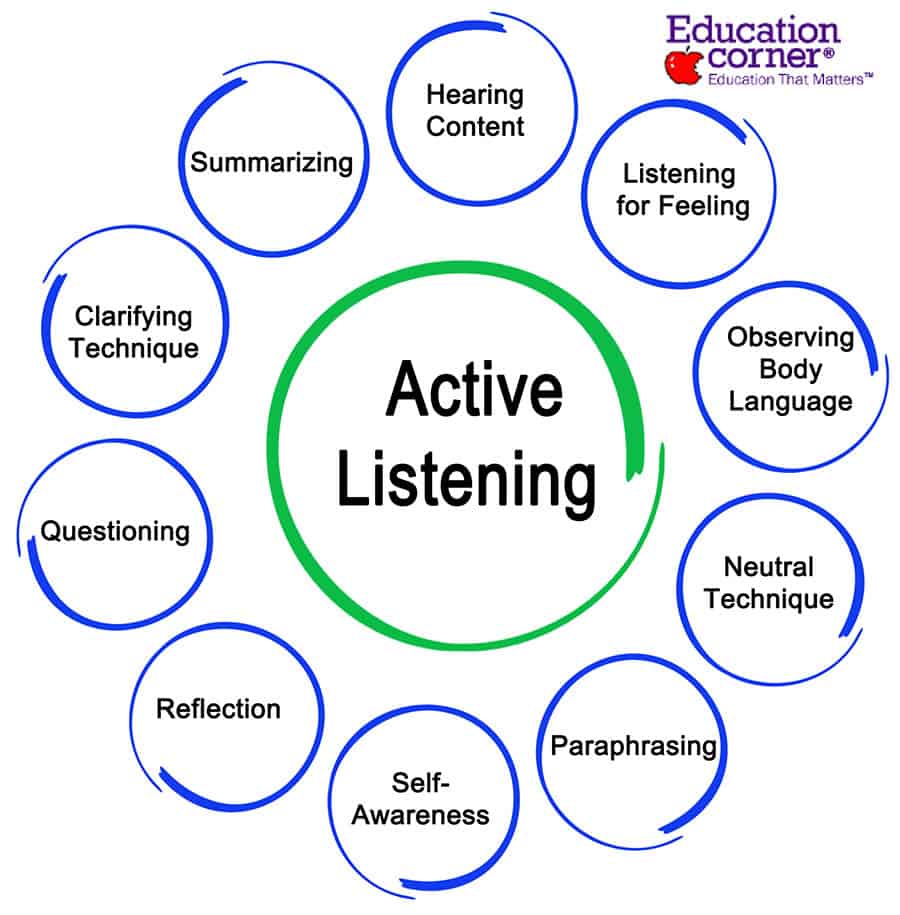

You can also do this exercise by marching in time, clapping in time, swaying in time, or doing any other movement that establishes a steady beat without obscuring the music. through active listening and participation in. In time, your child will be able to find the beat on his/her own. can also be a good way for children to experience and practice skills. As you listen to the music, tap the rhythm on your knees or on your child’s body so they feel a “whole-body beat” as they are listening to the music. Undivided attention Comprehension Positive intention Active listeners use verbal and nonverbal cues and behaviors to signal undivided attention, such as making eye contact, maintaining an open posture, and displaying appropriate facial expressions. Listening is the active process of receiving and. The purpose of this exercise is to listen actively, intently, and exclusively, without disruptions. Furthermore, the data were analyzed by using content analysis.

I don’t mean putting on music while you’re driving from playdate to playdate or having music on in the background while you prepare dinner. This is not only a fabulous listening exercise, it’s a great way to be silly with your little one.Īllocate 15-20 minutes every day to listening to music together. After 10 seconds, mimic the sound and ask your child to make the sound too. Do you hear it?” Then pause for about 10 seconds and let your child absorb the sound. No matter where you live – in the city, the suburbs, or a rural community - there are sounds all around you! When you hear a noise, point to your ear and say “I hear a. A wonderful way to do this is to take a walk together. Sooner or later, your child will start to do the same. Identify each sound and do your best to mimic it. Throughout the day, find opportunities to identify sounds you hear. Let them play independently (with your supervision) and listen to their surroundings. During this time, abstain from talking to your child unless absolutely necessary. Structure your day to include three 15-minute intervals of “active listening” time. call-and-response singing and singing in unison with other children and the instructor music appreciation and active listening skills musical expression.


 0 kommentar(er)
0 kommentar(er)
